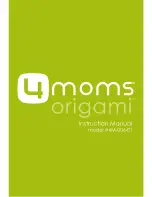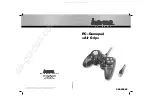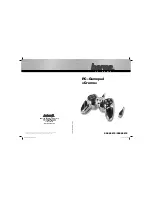
1.6
Introduction to Data Communications, Chapter 1
Data Communications with the Watlow Series 988 Family
Syntax
For example, the Series 986-989 parameter for set point information is SP1. The
controller's panel will normally display SP1 and set point information whenever you
physically press the DISPLAY key to reach SP1 in the parameter sequence. For a
computer linked to a controller, "SP1" is part of the syntax for data communica-
tions.
If you type just "SP1" on the computer keyboard, the controller won't respond to
your computer with the current set point 1 data. The syntax requires spaces and
"fields" of specific size to be complete.
Plus, we need to add the protocol. It's like putting a message in an envelope and
addressing it. The entire syntax of the SP1 command includes the message
protocol's STX (Start of Text) control character, SP1, space, up to four decimal
places of set-point data, and a protocol ETX (End of Text) control character.
The whole phrase would look like this:
<STX> SP1 0500 <ETX>
ASCII Control Character Definitions
ENQ Enquiry (inquiry): Request for a data link.
ACK Acknowledge: Affirmative response from the receiver.
NAK Negative Acknowledge: Negative response from the receiver.
STX Start of Text: Precedes any message from the sender.
ETX End of Text: Follows any message from the sender.
EOT End of Transmission: Tells the other device that it is its turn to send a mes-
sage.
DLE Data Link Escape: Disconnect signal from the master to devices on the
network.
A Data Communications Conversation
Now that you have a general grasp of the basic ideas and terms behind data
communications, we'll take the example further to see how an actual conversation
would take place.
The example on the next page follows the exchange between a computer (master)
and a controller (remote) as the computer sends a set point data command to the
controller.
That's really all there is to it. Remember — only the "master" may initiate ex-
changes and every message requires a response.










































